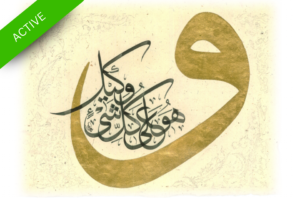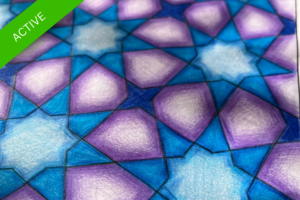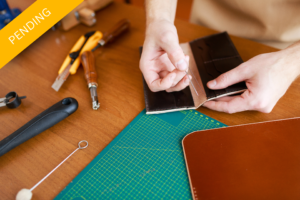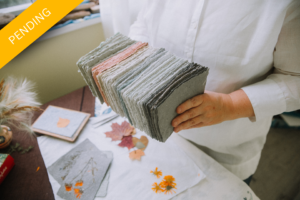Qufi Calligraphy (Latin – Arabic)
Kufi calligraphy is one of the oldest and most geometrically precise forms of Arabic script. In this practical course, you will learn how to create Kufi letters in both Arabic and Latin alphabets, exploring its artistic, architectural, and modern design applications.
Through step-by-step guidance, you will develop an understanding of Kufi letter structures, balance, and decorative techniques—no complex calculations required! With just a pencil, ruler, and marker, you can create stunning Kufi designs.
This course is designed for both beginners and artists looking to refine their skills and incorporate Kufi art into their creative work.
Details
Duration: 12 Weeks
Level: Beginner – Intermediate
Format: Hands-on practice, guided exercises, historical insights, and a final project
Course Start Date:
11 October 2025
Saturday (Every Saturday for 12 Weeks)
Course Time:
Turkish session: 9 AM PT | 12 PM EST | 6 PM CET
English session: 10:30 AM PT | 1:30 PM EST | 7:30 PM CET
About the course
Kufi calligraphy is one of the oldest and most geometrically precise forms of Arabic script. In this practical course, you will learn how to create Kufi letters in both Arabic and Latin alphabets, exploring its artistic, architectural, and modern design applications.
Through step-by-step guidance, you will develop an understanding of Kufi letter structures, balance, and decorative techniques—no complex calculations required! With just a pencil, ruler, and marker, you can create stunning Kufi designs.
This course is designed for both beginners and artists looking to refine their skills and incorporate Kufi art into their creative work.
Key Points
In this course, you will:
A solid foundation in both Arabic and Latin Kufi calligraphy
How to draw, connect, and compose words in Kufi script
The historical and cultural significance of Kufi calligraphy
Techniques for applying Kufi script to art, design, and digital projects
Creating an original Kufi artwork using Arabic and/or Latin alphabets
Required Materials
1. Essential Drawing & Measurement Tools
- Pencils (HB, 2B, 4B) – For sketches and geometric constructions
- Erasers (Soft and hard) – For corrections and refinements
- Ruler (30 cm or 50 cm) – For straight and precise lines
- T-Square (Optional) – For precise alignments
- Protractor (Optional) – For measuring angles in geometric patterns
- Compass (Optional) – For drawing perfect circles and arcs
- Technical Pens (0.2mm, 0.5mm, 0.8mm, 1.0mm) (Optional) – For defining fine and bold lines
2. Paper & Drawing Surfaces
- High-Quality Drawing Paper (200-300 gsm) – For final artworks
- Tracing Paper – For layering and refining designs
- Grid or Isometric Paper – For precise geometric layouts
- Sketchbook (A4 or A3) (Optional) – For daily practice and drafts.
3. Special Drawing Tools & Ink (Optional)
- Fine liners or archival pens – For clean and precise line work
- Calligraphy or dip pens – For decorative elements and Kufic designs
- Ink (Black, brown, gold) – For traditional detailing
4. Digital Tools (Optional)
- Tablet (iPad + Apple Pencil, Wacom, or similar) – For digital design and pattern creation
- Software (Adobe Illustrator, Procreate, AutoCAD) – For vector-based geometric patterns
5. Decorative & Painting Materials (Optional)
- Gold Leaf or Gold Ink – For traditional embellishments
- Colored Markers or Pencils – For adding contrast and highlights
- Watercolors or Acrylic Paints – For hand-painted compositions
Course Lessons
Topics:
- History and evolution of Kufi script
- Types of Kufi: Early Kufi, Square Kufi, Decorative Kufi, and Modern Kufi
- Comparison of Arabic and Latin Kufi
- Calligraphy tools: Reed pens, markers, rulers, and paper
Practical Activity:
- Drawing basic Kufi strokes, dots, and geometric forms
Topics:
- Understanding proportions, spacing, and balance
- Drawing Arabic Kufi letters (Alif, Ba, Ta, Jeem, etc.)
- Drawing Latin Kufi letters (A, B, C, D, etc.)
Practical Activity:
- Individual Kufi letter studies in both alphabets
Topics:
- Letter connections in Arabic Kufi
- Modular connections in Latin Kufi
- Maintaining balance and spacing in word compositions
Practical Activity:
- Writing full words in Arabic and Latin Kufi
Topics:
- Principles of Square Kufi
- Grid-based design techniques in Kufi script
- Applications in architecture, textiles, and branding
Practical Activity:
- Creating Square Kufi compositions in Arabic and Latin
Topics:
- Floral Kufi and embellished Kufi styles
- Extending strokes and adding stylized decorations
- Traditional and modern decorative techniques
Practical Activity:
- Creating a decorative Kufi artwork
Topics:
- Color theory and application in Kufi script
- Using gold leaf and ink techniques
- Applying Kufi designs to different surfaces (paper, wood, fabric)
Practical Activity:
- Creating a colorful Kufi composition
Topics:
- Creating depth using shading techniques
- 3D effects and layering methods
- Perspective techniques for modern Kufi compositions
Practical Activity:
- Drawing Kufi designs with shading and perspective
Topics:
- Principles of minimalist Kufi design
- Using Kufi calligraphy in logos and branding
- Single-line Kufi designs and contemporary styles
Practical Activity:
- Designing a minimalist Kufi artwork
Topics:
- Creating Kufi designs using Procreate, Illustrator, and Photoshop
- Digitizing hand-drawn Kufi script
- Vector-based Kufi design for logos and graphics
Practical Activity:
- Digitalizing a Kufi calligraphy design
Topics:
- Kufi in architectural and interior design
- Using Kufi calligraphy in product design (t-shirts, posters, accessories)
- Large-scale Kufi wall art
Practical Activity:
- Developing a Kufi design for a product or space
Topics:
- Combining Kufi with freehand drawing and mixed media
- Blending calligraphy with abstract art
- Incorporating photography, patterns, and textures in Kufi compositions
Practical Activity:
- Creating a unique artwork by combining Kufi with another art style
Topics:
- Planning and executing a final Kufi composition
- Choosing the right style, layout, and embellishments
- Preparing the artwork for exhibition or print
Final Project Submission:
- Designing a personal Kufi artwork in Arabic, Latin, or both
- Receiving feedback for improvement
Additional Resources
Bonus Materials: Extra Kufi pattern templates, historical references on Kufi calligraphy styles, guide to Kufi construction techniques
Community Access: Private student group for sharing progress, feedback, and discussions on Kufi techniques and design inspirations
Instructors

Ali Karatay
Ali Karatay, an artist with 20+ years of experience in visual arts, a Ph.D. in Islamic Arts, and a traditional icazet (calligraphy masery certification), will be teaching alongside master calligrapher (hattat) Yusuf Zakir.
Features
- Live lessons available as recordings
- 1 month access after course ends
- Google Classroom
- Certificate of completion
Related courses
Arabic Calligraphy – Thuluth (Sülüs)
Erguvan Academy’s Thuluth Certification Course is a specialized program designed to guide students into the depths of Thuluth calligraphy, mastering the art of traditional Islamic...
Visit Course PageQufi Calligraphy (Latin – Arabic)
Kufi calligraphy is one of the oldest and most geometrically precise forms of Arabic script. In this practical course, you will learn how to create...
Visit Course PageIslamic Geometric Art
This course is designed for hands-on learners—no complex calculations or advanced geometry skills required! With just a ruler (or a straight edge), a pencil, and...
Visit Course Page
